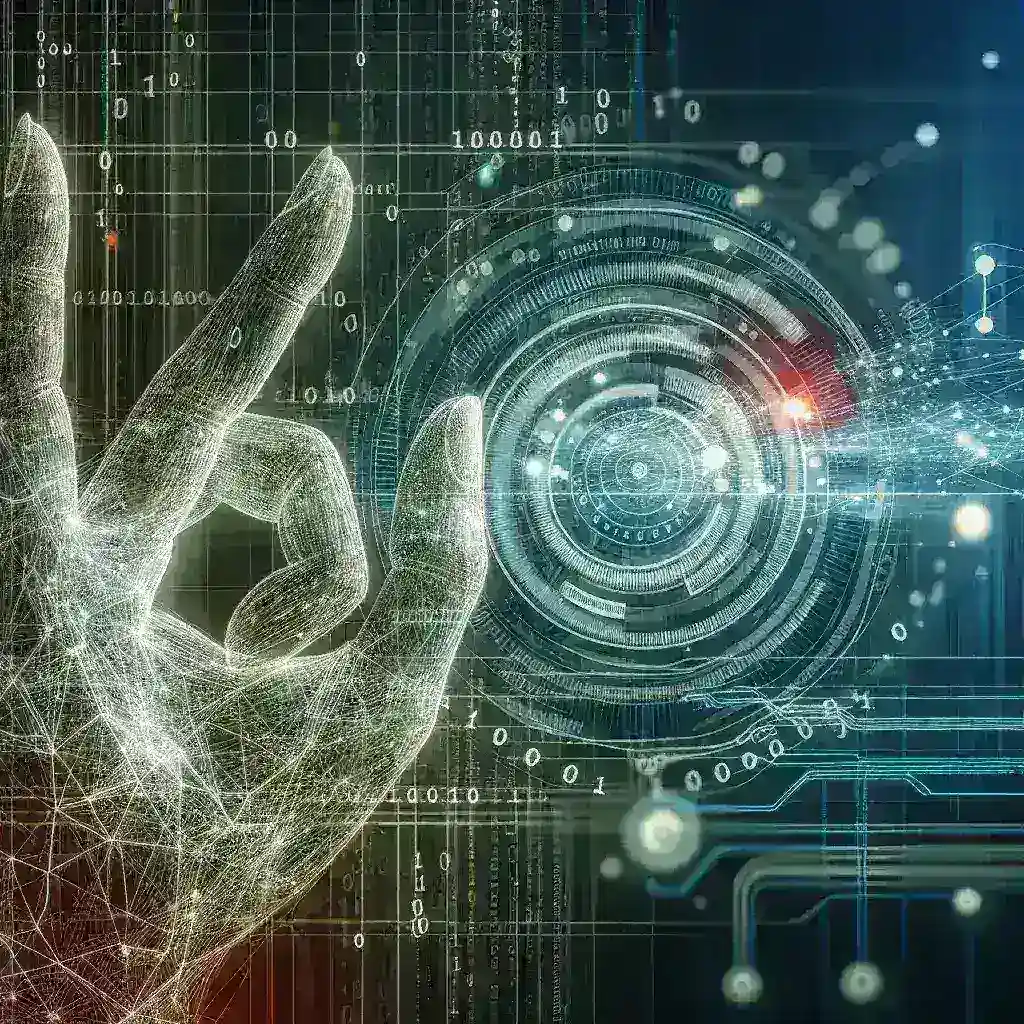Introduction
In a world where technology continuously evolves, Microsoft is taking significant strides in creating an inclusive environment for individuals with disabilities. One of its latest innovations is the introduction of AI-powered real-time sign language translation. This groundbreaking feature aims to bridge communication gaps for the deaf and hard-of-hearing community, ensuring that everyone can participate in conversations and access information seamlessly.
The Need for Accessibility
Accessibility is a fundamental human right. According to the World Health Organization, over 1 billion people worldwide experience some form of disability, and a significant portion of this demographic faces challenges in communication. Traditional methods of sign language interpretation often fall short in speed, efficiency, and scalability. Microsoft’s latest initiative not only addresses these issues but also sets a new standard in how technology can empower marginalized communities.
Historical Context
The journey toward accessible technology has been long and fraught with challenges. In the early 2000s, technology for the disabled was limited to basic assistive devices and software. However, as the digital landscape evolved, so did the possibilities for accessible communication. Microsoft has been at the forefront of this evolution, moving from simple accessibility features to complex, AI-driven solutions.
Understanding AI-Powered Sign Language Translation
At the heart of Microsoft’s new feature is advanced artificial intelligence and machine learning algorithms. These technologies work collaboratively to analyze and translate spoken language into sign language in real-time. But how does it work? Let’s break it down:
- Data Collection: The first step involves gathering vast amounts of data on sign language and its various dialects. This data includes videos of signers and contextual language usage.
- Machine Learning: The AI is trained using this data, enabling it to recognize and interpret different signs associated with specific words and phrases.
- Real-Time Processing: Once trained, the AI can process spoken language in real-time, translating it into sign language as conversations unfold.
- User Feedback: User interactions provide feedback that helps refine the AI’s accuracy and effectiveness, contributing to continuous improvement.
Benefits of Microsoft’s Real-Time Translation Tool
The introduction of AI-powered real-time sign language translation brings numerous benefits:
1. Enhanced Communication
With this technology, deaf and hard-of-hearing individuals can engage in conversations without the need for a human interpreter. This not only speeds up communication but also fosters a more inclusive environment.
2. Increased Accessibility
By integrating this feature into platforms such as Microsoft Teams and Skype, Microsoft makes it easier for organizations to communicate with clients, colleagues, and customers who might be deaf or hard of hearing.
3. Cost-Effectiveness
Organizations often face high costs associated with hiring interpreters for meetings and events. With AI translation, these costs can be significantly reduced, allowing for a more budget-friendly approach to accessibility.
4. Customization
The AI can be customized to recognize regional dialects and specific signs, tailoring the experience to different geographical locations and cultural contexts.
Challenges and Considerations
While the benefits are significant, some challenges remain:
- Accuracy: The effectiveness of AI translations depends on the quality and comprehensiveness of the data used for training. Misinterpretations can lead to misunderstandings.
- Cultural Nuances: Sign languages are not universal; variations exist across different regions. It’s crucial for the AI to adapt to these differences to ensure effective communication.
- Privacy Concerns: Using AI for real-time translation raises questions about data privacy and security, especially when sensitive information is being discussed.
Future Predictions
Looking ahead, the future of AI-powered sign language translation appears promising. As technology advances, we can expect:
- Increased Adoption: More organizations will likely integrate these tools into their communication platforms, making accessibility a standard practice rather than an afterthought.
- Improved Accuracy: Continuous learning algorithms will enhance the AI’s understanding of sign language, increasing accuracy and user satisfaction.
- Global Collaboration: Microsoft may collaborate with global organizations to standardize sign language interpretation, creating a unified approach to communication.
Real-Life Applications
Several organizations and individuals have begun to utilize Microsoft’s AI-powered translation features:
- Corporate Meetings: Companies are implementing these tools to ensure all employees can participate fully, regardless of their hearing abilities.
- Educational Institutions: Schools are using real-time translation to include deaf students in mainstream classrooms, providing them with equal learning opportunities.
- Public Events: Events such as conferences and workshops are now more inclusive, with real-time translation allowing all attendees to engage with the content presented.
Expert Opinions
The tech community has responded positively to Microsoft’s initiative. Experts in accessibility technology emphasize the importance of prioritizing user experience. According to Dr. Sarah Miller, a leading accessibility advocate, “Microsoft’s AI-powered sign language translation is a significant step forward. It demonstrates a commitment to fostering inclusivity through innovation.”
Conclusion
Microsoft’s expansion of accessibility tools with AI-powered real-time sign language translation marks a pivotal moment in the journey toward inclusivity. By leveraging advanced technologies, the company is not only empowering individuals with disabilities but also setting an example for others in the industry. The potential for these tools to enhance communication, reduce costs, and create a more equitable society is immense. As we move forward, it’s essential to embrace these innovations and advocate for a future where technology inclusively serves everyone.

